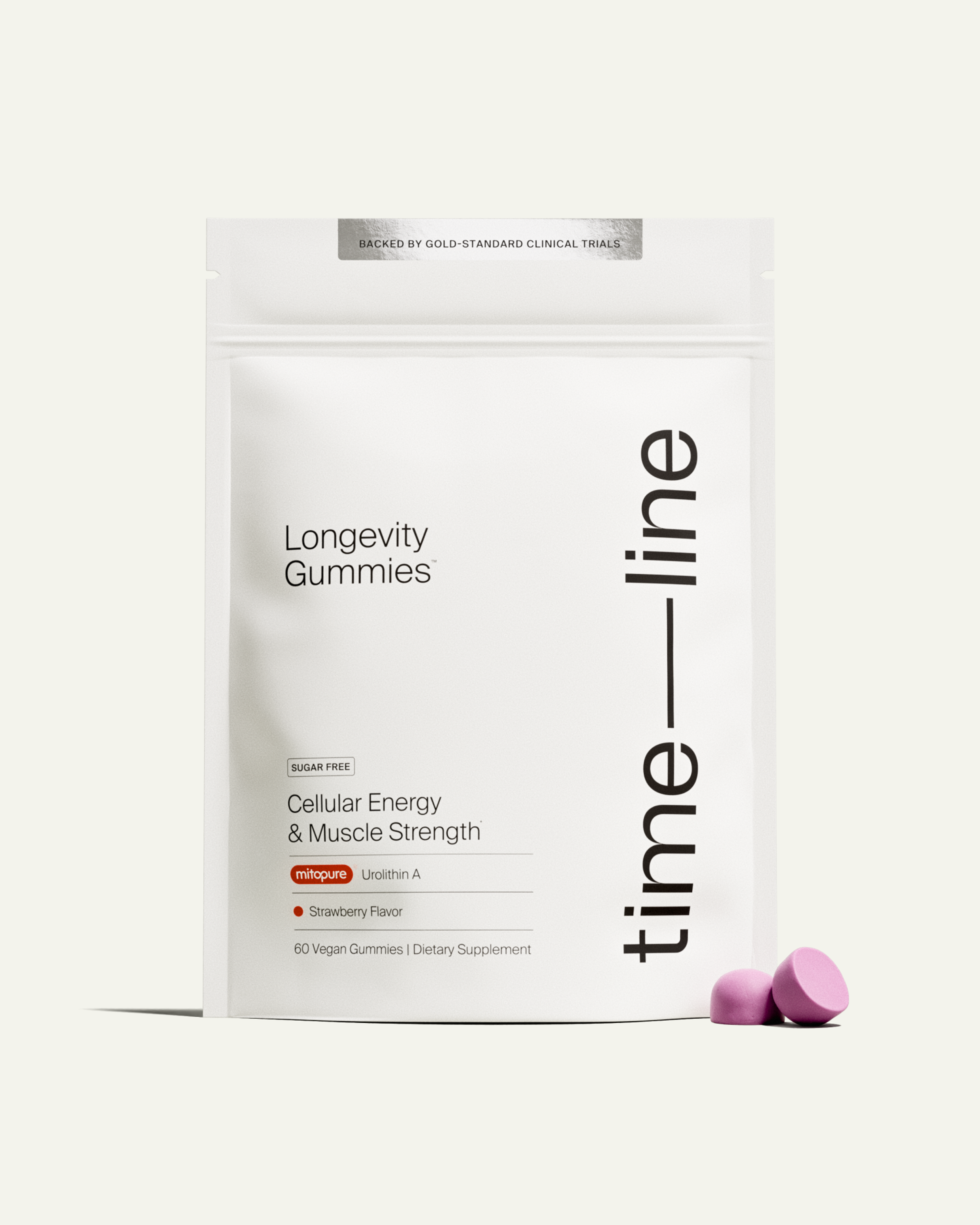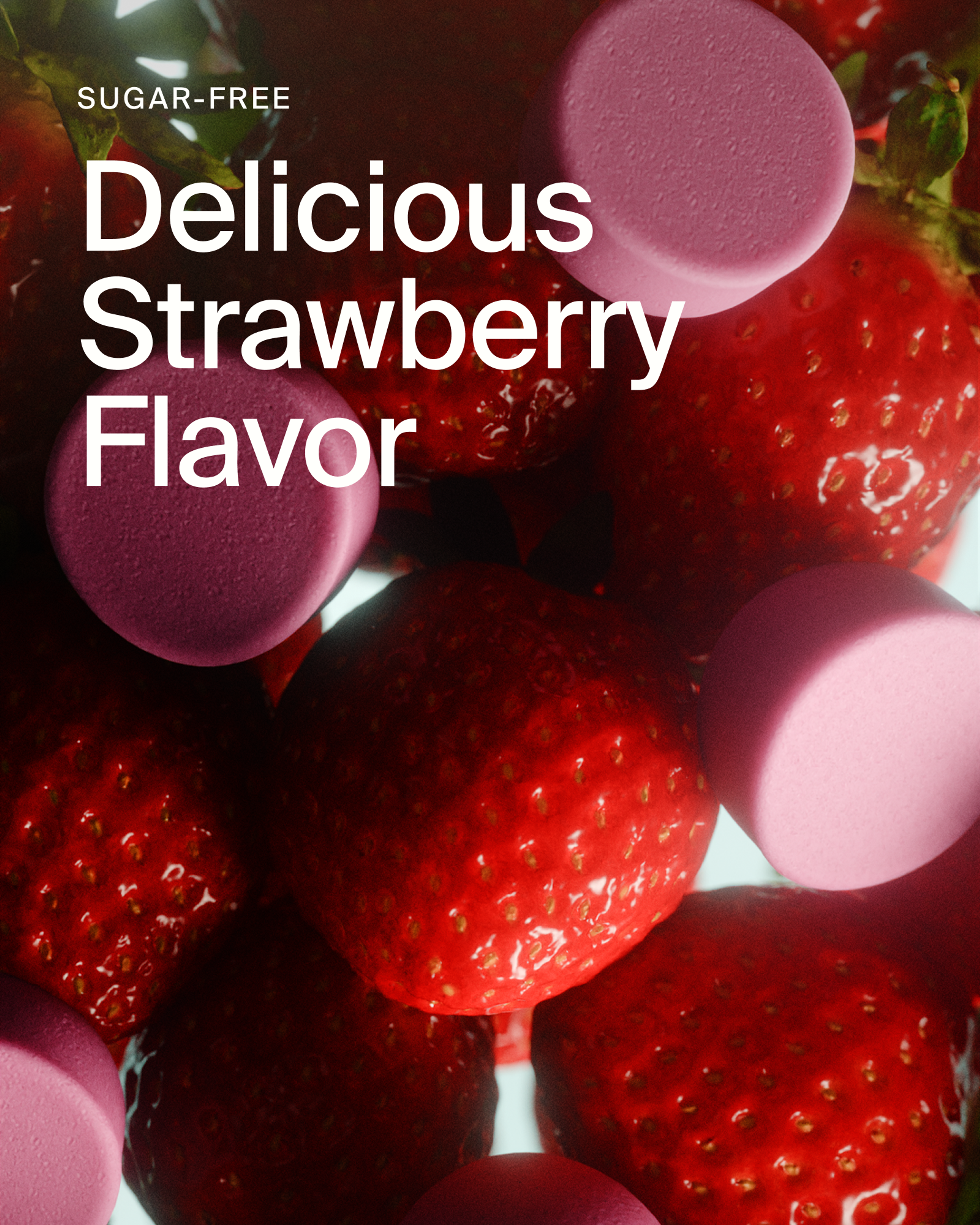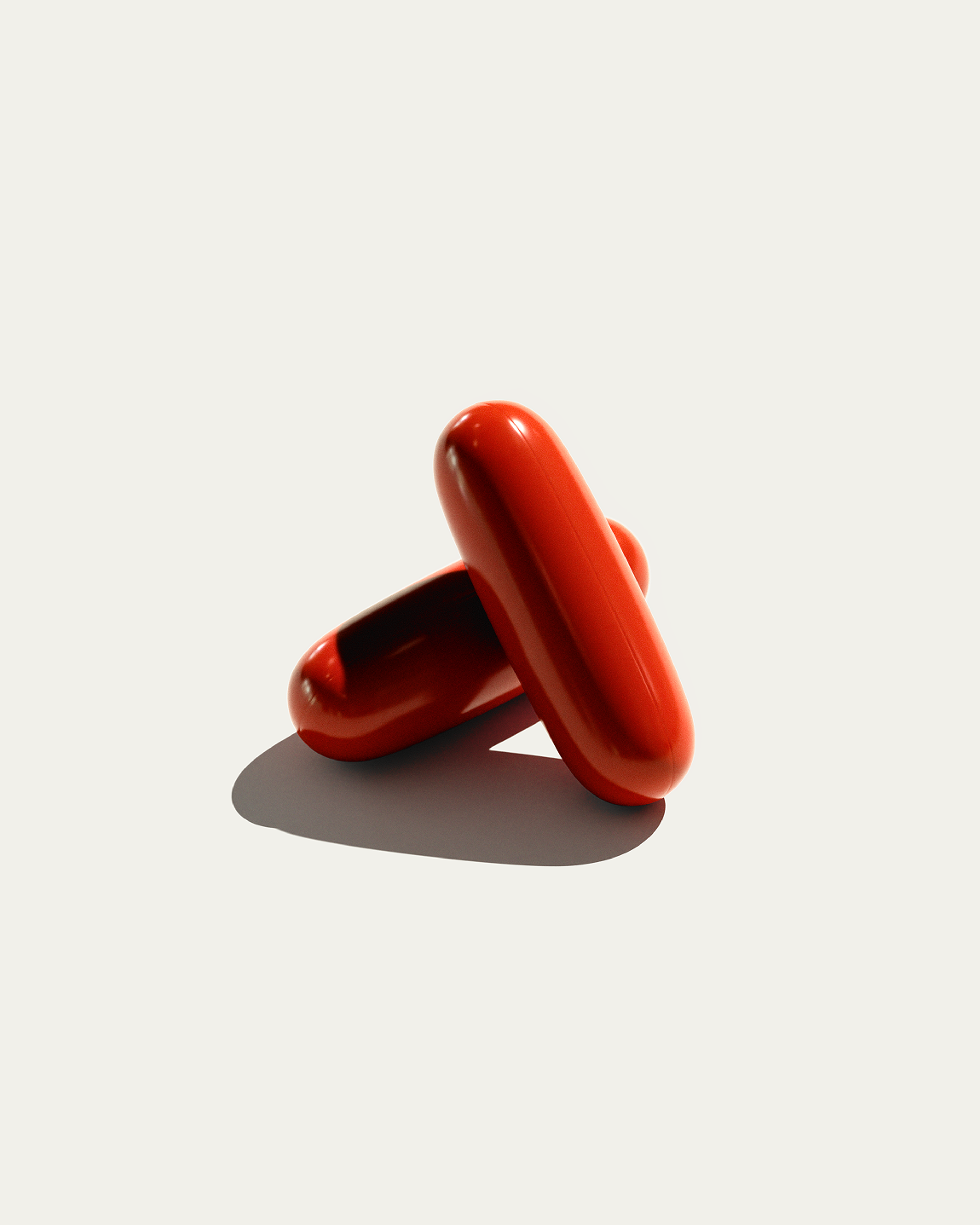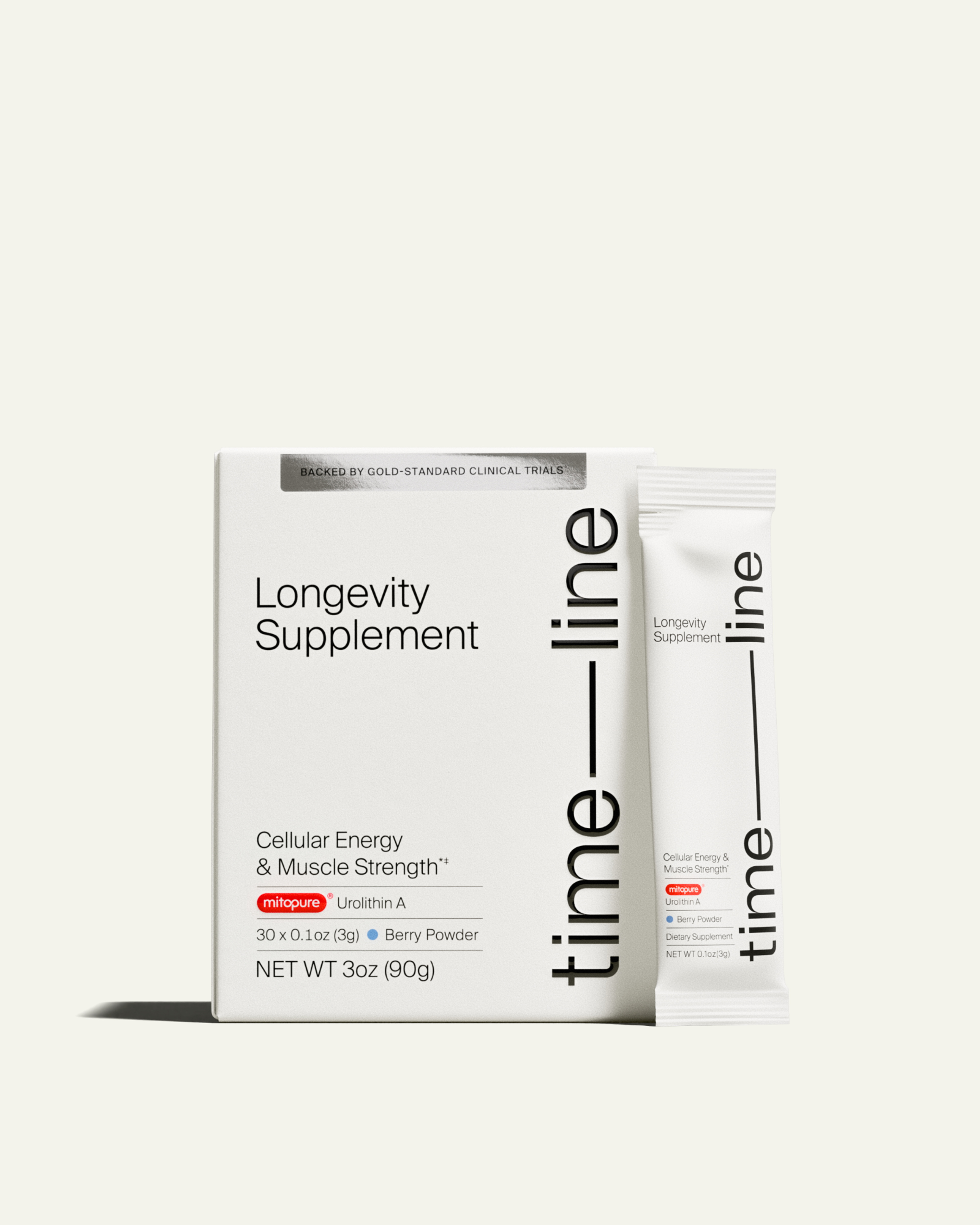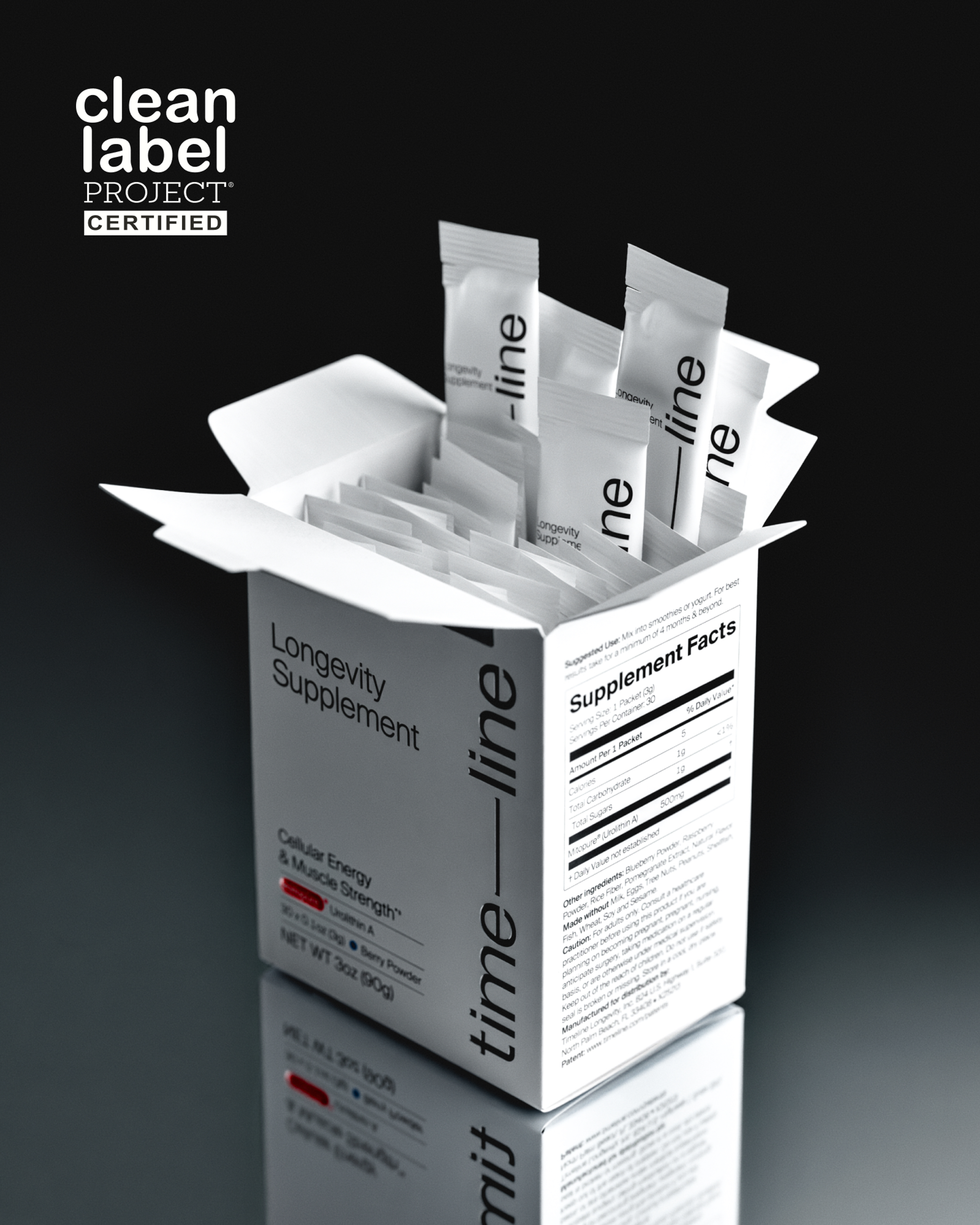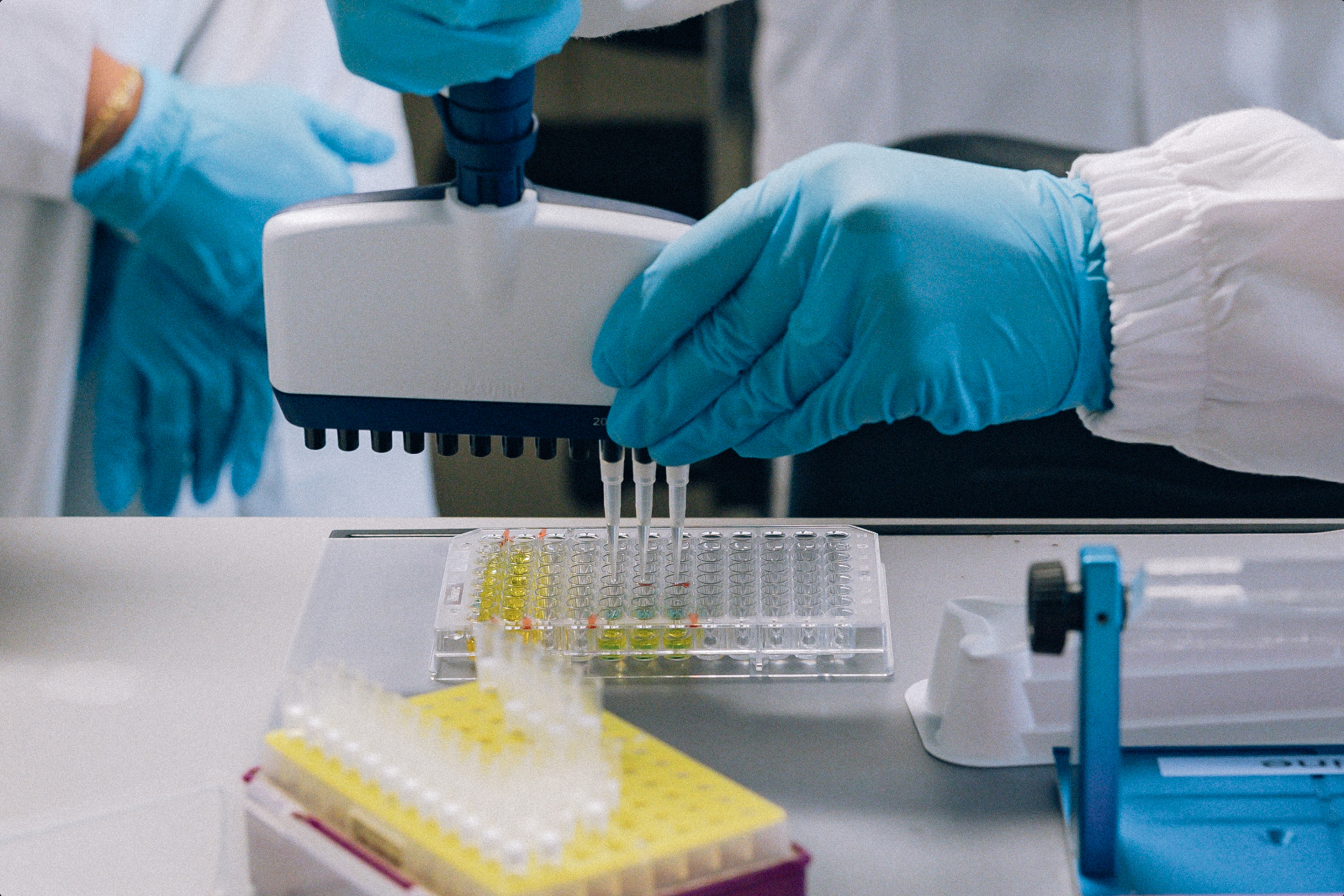The Heat Is On - Summer Skincare Essentials Guide
Get ready to enjoy the summer sun without it taking a toll on your skin health. Our summer skincare guide shows you how!

What to know
Summer presents unique challenges (sun exposure, chlorine, salt, sand, air conditioning, heat, humidity) that can impact your skin’s health and appearance.
Unprotected sun exposure can lead to hyperpigmentation, photoaging, and skin cancer.
New scientific evidence suggests that photoaged skin may compromise overall health through the release of inflammatory molecules.
Adopting dermatologist-recommended summer skincare tips can help protect and preserve your skin’s health and appearance and more.
Timeline Skin Health is powered by Mitopure®, which is clinically proven to help combat summer skin challenges by re-energizing skin cells to help them combat both intrinsic (biological) and extrinsic (environmental) aging factors.
Summer skin challenges and their impact
It’s summertime when the days are long, “and the living is easy.” There are great benefits to being outside in the summer sun - it’s a great way to stimulate vitamin D production, boost mood and reset your circadian rhythm, helping to improve your sleep.[1]
But, unfortunately, summer sun is not so easy on your skin. More time spent outdoors in the sun, at the pool or beach, or inside with the air conditioning can take a significant toll on your skin.
Additionally, harsh elements like chlorine, sand, salt water, and air-conditioned and dry environments can wreak havoc, dehydrating the skin. Hot, humid conditions can also be problematic, especially for those with oily skin, as sweat can clog our pores, leading to breakouts on the face and body.
When it comes to summer fun, the goal is to find a balance between soaking up all the benefits the sun has to offer while protecting your skin from the damaging effects the UV rays can have.
Whether you have dry skin, normal skin, or oily skin, there are simple precautions you take to be in your best skin this summer. Before we review them, let’s take a closer look at these summer skin challenges.
Hyperpigmentation
Hyperpigmentation is your body’s overproduction of melanin, the pigment that gives skin its color, and overexposure to the sun is a main culprit in causing hyperpigmentation. There are 3 types of hyperpigmentation—melasma (caused by the sun or hormones), sun spots and freckles (caused by the sun), and postinflammatory (caused by acne, rashes, or inflammation).[2]
Melasma are brownish patches that usually appear on the upper forehead, upper cheeks, and/or upper lip areas. Sunspots and freckles only appear in areas that have had sun exposure and darken over time with more sun exposure.
The good news is that some hyperpigmentation can fade with time, and there are effective treatments for the deeper, more persistent spots.
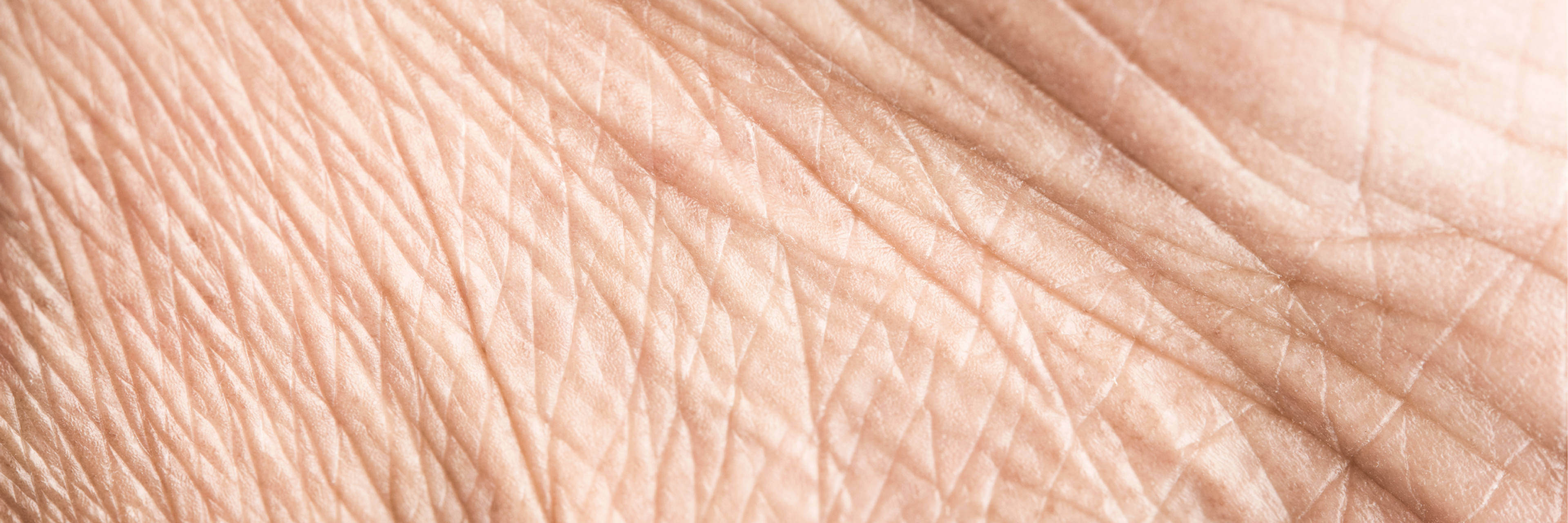
Photoaging
The sun can prematurely age the skin and cause damage, known as photodamage or photoaging. In fact, 80% of premature skin aging (photoaging) is caused by sun exposure.[3] Fine lines, wrinkles, uneven pigmentation, loss of elasticity, tone, and rough texture are some of the telltale signs.[4]
Notably, these changes on the surface reflect damage that has reached the deepest layers of the skin, the dermis. More than merely cosmetic, it is a signal of a substantial decline in your skin’s health and ability to repair, restore, and defend itself.
Skin cancer risk
Skin cancer is one of the most common forms of cancer in the United States. Approximately 90% of nonmelanoma skin cancers (basal cell carcinoma and squamous cell carcinoma) result from UV exposure from the sun or tanning beds. And as many as 1 in 5 Americans will develop skin cancer by age 70.[5] While the numbers aren’t in anyone’s favor, each one of us can lower our risk with daily smart sun practices.
Smart sun practices begin with avoiding sun exposure and using a broad-spectrum sunscreen with an SPF of 30 or higher. Here’s why.
Decoding sun protection factors (SPFs)
UVA and UVB rays from the sun can cause damage, increasing the risk of skin cancer and premature aging. A sunscreen with an SPF of 30 filters out about 97% of the sun’s UVB rays, which, in theory, means you should be able to be in the sun 30 times longer before getting burned than you would without sunscreen. [6]An SPF of 50 is slightly more effective than an SPF of 30 as it blocks about 98% of the UVB rays (not double the rays, as one might expect). It’s important to note that only broad-spectrum sunscreens protect from harmful UVA rays—hence the recommendation for a broad-spectrum SPF 30 sunscreen that covers both UVA and UVB rays.
To get the full benefit from sunscreen, it’s important to reapply sunscreen regularly throughout the day, every 2–3 hours, especially after swimming or sweating.

Decyphering SPF Numbers. | Source: Consumer Notice (consumernotice.org)
There’s more at stake: aging skin may impact your overall health
If hyperpigmentation, premature/photoaging, and the risk of skin cancer aren’t compelling enough reasons to protect your skin, there’s new scientific evidence that aging skin can compromise your overall health. Since your skin is your largest organ, enveloping all others, it’s now thought that aging skin can “infect” other organs with its inflammatory molecules, driving premature aging throughout the rest of the body. These inflammatory proteins, called senescent cells, are associated with serious conditions, such as cardiovascular disease.[7]
The good news is that you have the power to protect your skin from sun exposure and preserve its health and radiance. And creating an effective summer skincare routine is easier than you might expect. Take it from the experts.
Expert tips to optimize your summer skincare routine
Avoiding sun exposure and keeping your skin clear, moisturized, healthy and vibrant can be challenging, even for dermatologists. That’s why we went to the source—the American Academy of Dermatologists, to get their best summer skincare tips to simplify your skincare routine and optimize your skin’s health and appearance.

1. Protect
When you begin with prevention, avoiding sun exposure, and taking precautionary skincare steps, you give your skin the best chance to thrive through summer. Daily sun-smart practices will help protect your skin from photoaging, hyperpigmentation and will reduce your risk of nonmelanoma skin cancer.[8] Being sun smart is fundamental to healthy, radiant skin.
- Avoid direct sun exposure as much as possible, especially between 10 AM and 3 PM.
- Apply a broad-spectrum, water-resistant sunscreen with a sun protection factor (SPF) of at least 30 daily, 15 to 30 minutes before exposure. Reapply every 2 hours.
- Don’t forget your lips—use a balm or lipstick that contains SPF 30 sunscreen.
- Seek shade, wear sun-protective clothes, wide-brimmed hats, and sunglasses.
- Avoid touching, picking, or peeling your face to help keep it clean of dirt, germs, and oil.
- Perform monthly skin self-exams with your eyes and hands; take pictures of any moles or spots, so you can track any future changes. When in doubt, see your dermatologist.

2. Cleanse
Clean skin is happy skin, but it’s important not to overdo it. Gently removing dirt, oil, salt, sand, chlorine, sweat, and other impurities from the skin will help keep it healthy and looking fresh.
- Use a mild, gentle cleanser to wash your face and body.
- Avoid antibacterial and deodorant soaps, as they can dry your skin. As soon as possible after exercise, shower or bathe, and change into clean clothes.
- Shower and shampoo immediately after swimming, and change into clean clothes.
- Avoid hot showers or baths. Opt for warm or cool water instead.
- Pat your skin dry with a towel.

3. Moisturize
The harsh drying factors (salt, sand, chlorine, dry heat, AC) of summer can severely dehydrate your skin. Your skin needs all the moisturizing help it can get!
- Apply a fragrance-free moisturizer when you get out of the shower or bath to trap the water in your skin. Reapply as often as needed.
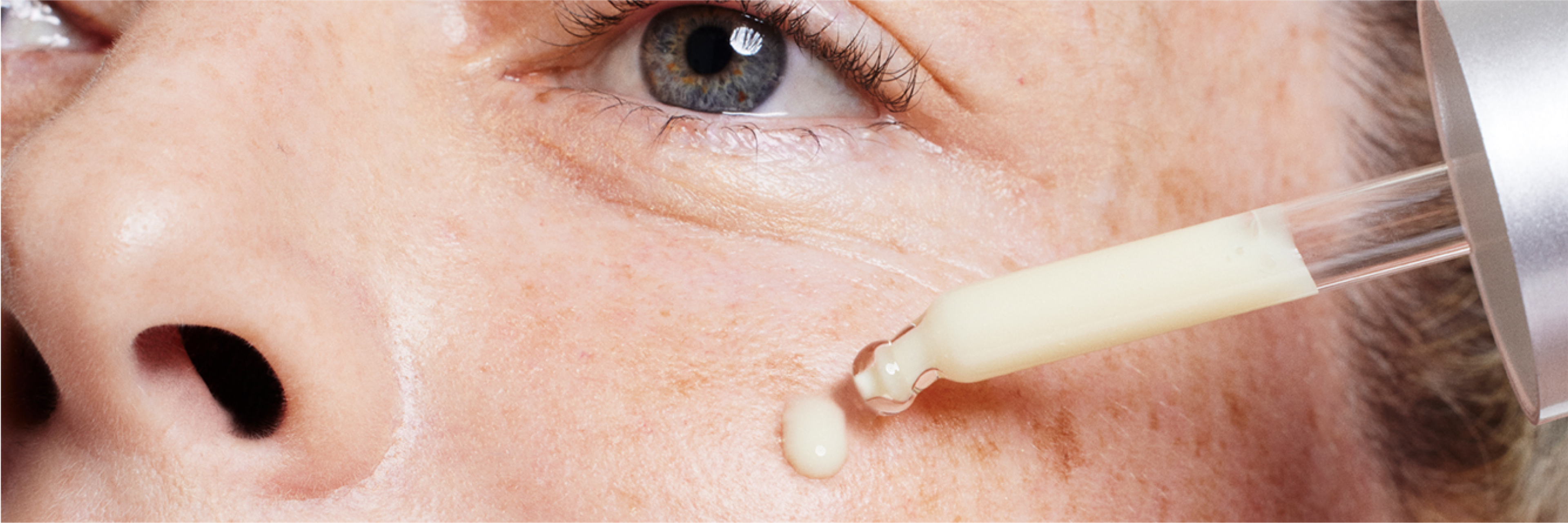
4. Repair & Rejuvenate
Fortunately, there are steps you can take to repair damage and re-energize your skin cells to help them combat internal and external aging factors.
- While some hyperpigmentation can fade in time, the deeper, more persistent spots may require a dermatologist's treatment.
- There are numerous treatments for photoaging; consult a dermatologist to learn more.
For your daily routine, choose clinically proven, non-irritating products like those from Timeline that offer multiple benefits and DO NOT increase your sensitivity to the sun like retinol-based products can.
Why choose Timeline Skin Health for your daily routine?
Only Timeline Skin Health contains the longevity compound Mitopure, the first and only bioactive clinically proven to re-energize your skin cells to help skin resist intrinsic (biological) and extrinsic (environmental) aging. Its benefits may extend to overall health and longevity:
- Supports the processes inside the skin cells that power up collagen assembly and formation in just 72 hours
- Protects skin against photoaging
- Clinically proven to dramatically reduce the appearance of wrinkle depth after 2 weeks of use
- Clinically proven to be gentle yet effective for all skin types
While summer skincare may seem overwhelming at first, it comes down to taking just a few simple preventive, protective, and restorative steps to preserve your skin’s health and appearance. Practicing a few daily summer skincare habits will help you be carefree all season long. Remember, taking care of your skin is not just about reducing wrinkles and looking younger – it is an important part of supporting your overall health and longevity.
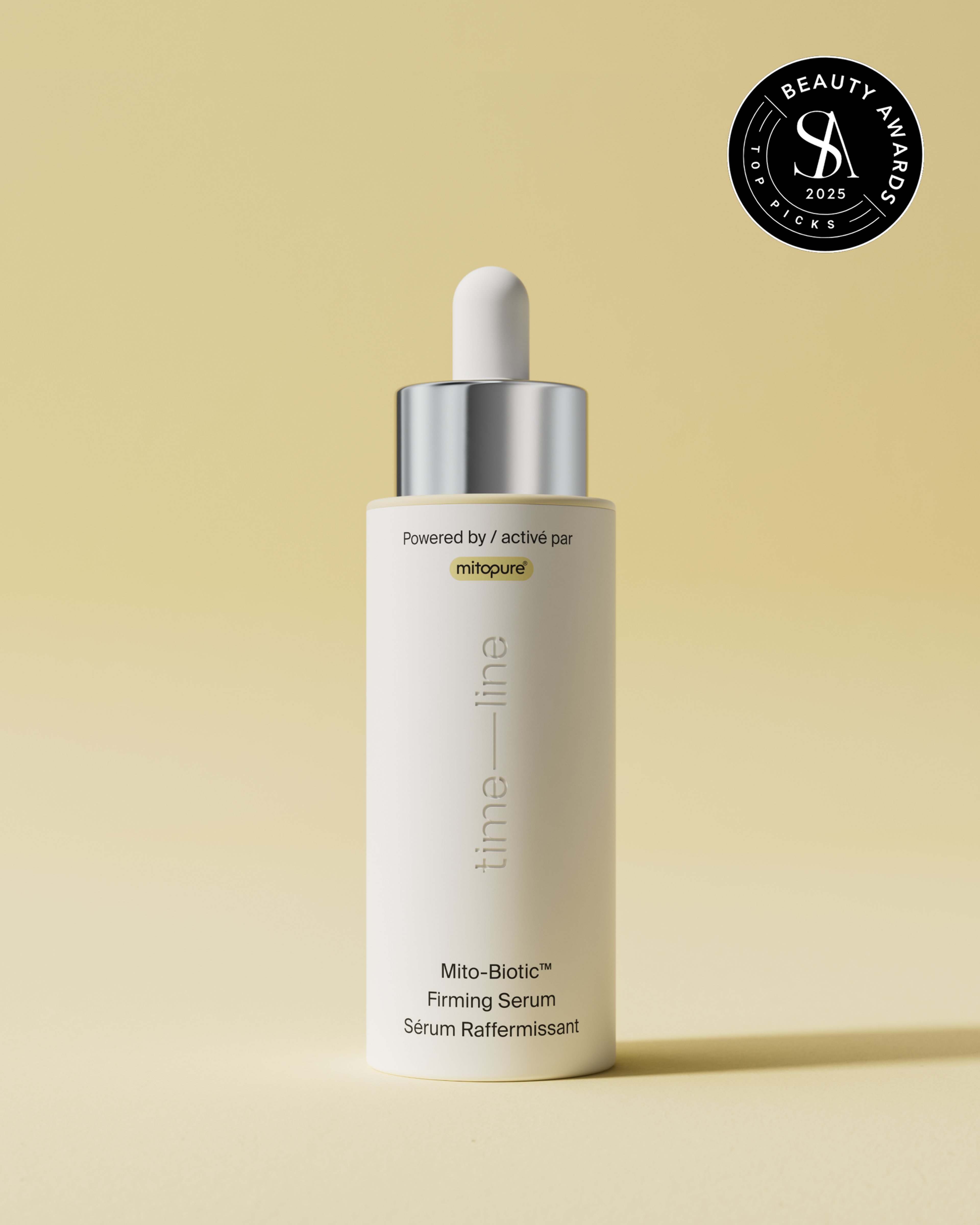
Mito-Biotic™ Firming Serum
4.8 · 1450 reviews
Award-winning bioactive formula for renewal
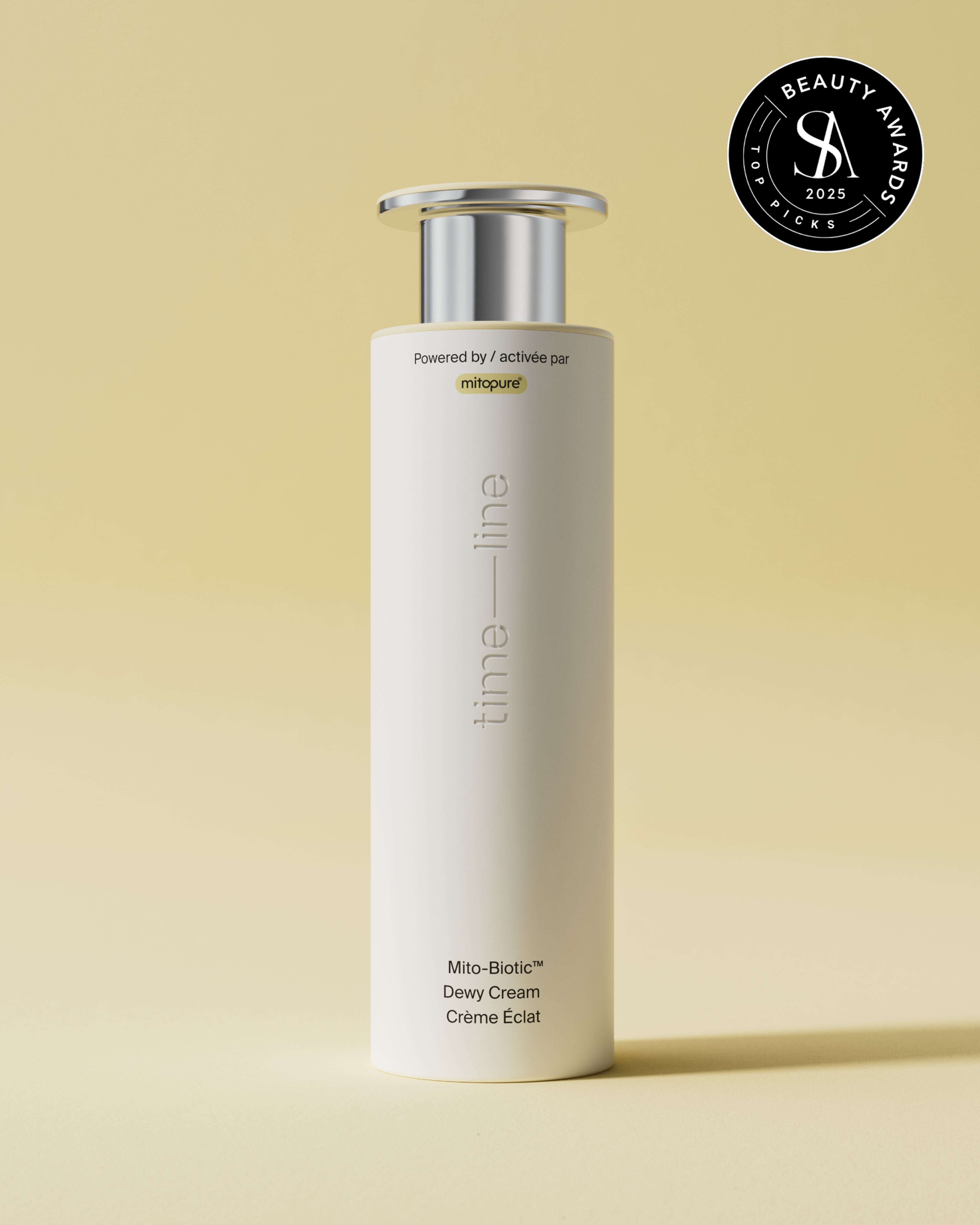
Mito-Biotic™ Dewy Cream
4.6 · 166 reviews
Featherlight moisturizer for sheer luminosity

Mito-Biotic™ Eye Cream
4.9 · 31 reviews
Weightless, brightening eye treatment
Authors

Author
Copywriter

Reviewed by
Editorial Staff
References
- ↑
Mead MN. Benefits of Sunlight: A Bright Spot for Human Health. Environ Health Perspect. 2008;116(4):A160-A167.
- ↑
Hyperpigmentation: Age Spots, Sun Spots & Liver Spots. Cleveland Clinic. Accessed July 19, 2023. https://my.clevelandclinic.org/health/diseases/21885-hyperpigmentation
- ↑
Flament F, Bazin R, Laquieze S, Rubert V, Simonpietri E, Piot B. Effect of the sun on visible clinical signs of aging in Caucasian skin. Clin Cosmet Investig Dermatol. 2013;6:221-232. doi:10.2147/CCID.S44686
- ↑
Photoaging (Sun Damage). Yale Medicine. Accessed July 19, 2023. https://www.yalemedicine.org/conditions/sun-damage
- ↑
Skin Cancer Facts & Statistics. The Skin Cancer Foundation. Accessed July 19, 2023. https://www.skincancer.org/skin-cancer-information/skin-cancer-facts/
Basic Information About Skin Cancer | CDC. Published April 18, 2023. Accessed July 19, 2023. https://www.cdc.gov/cancer/skin/basic_info/index.htm
- ↑
Alexander H. Should you use very high SPF sunscreen? MD Anderson Cancer Center. Accessed July 19, 2023. https://www.mdanderson.org/cancerwise/should-you-use-very-high-spf-sunscreen.h00-159460845.html
- ↑
Franco AC, Aveleira C, Cavadas C. Skin senescence: mechanisms and impact on whole-body aging. Trends Mol Med. 2022;28(2):97-109. doi:10.1016/j.molmed.2021.12.003
- ↑
What Can I Do to Reduce My Risk of Skin Cancer? | CDC. Published April 18, 2023. Accessed July 19, 2023. https://www.cdc.gov/cancer/skin/basic_info/prevention.htm
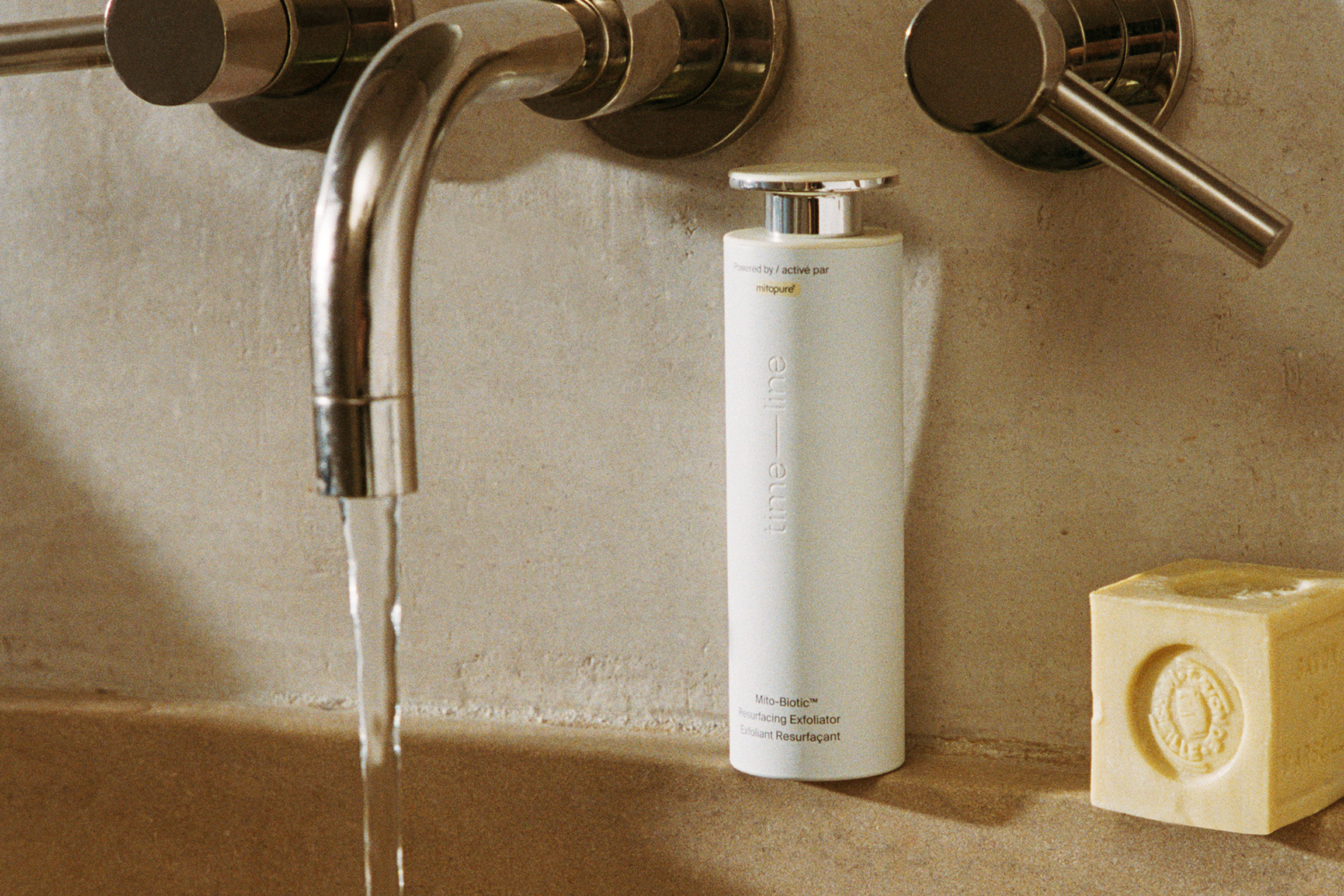
·
Should You Exfoliate in the Winter?
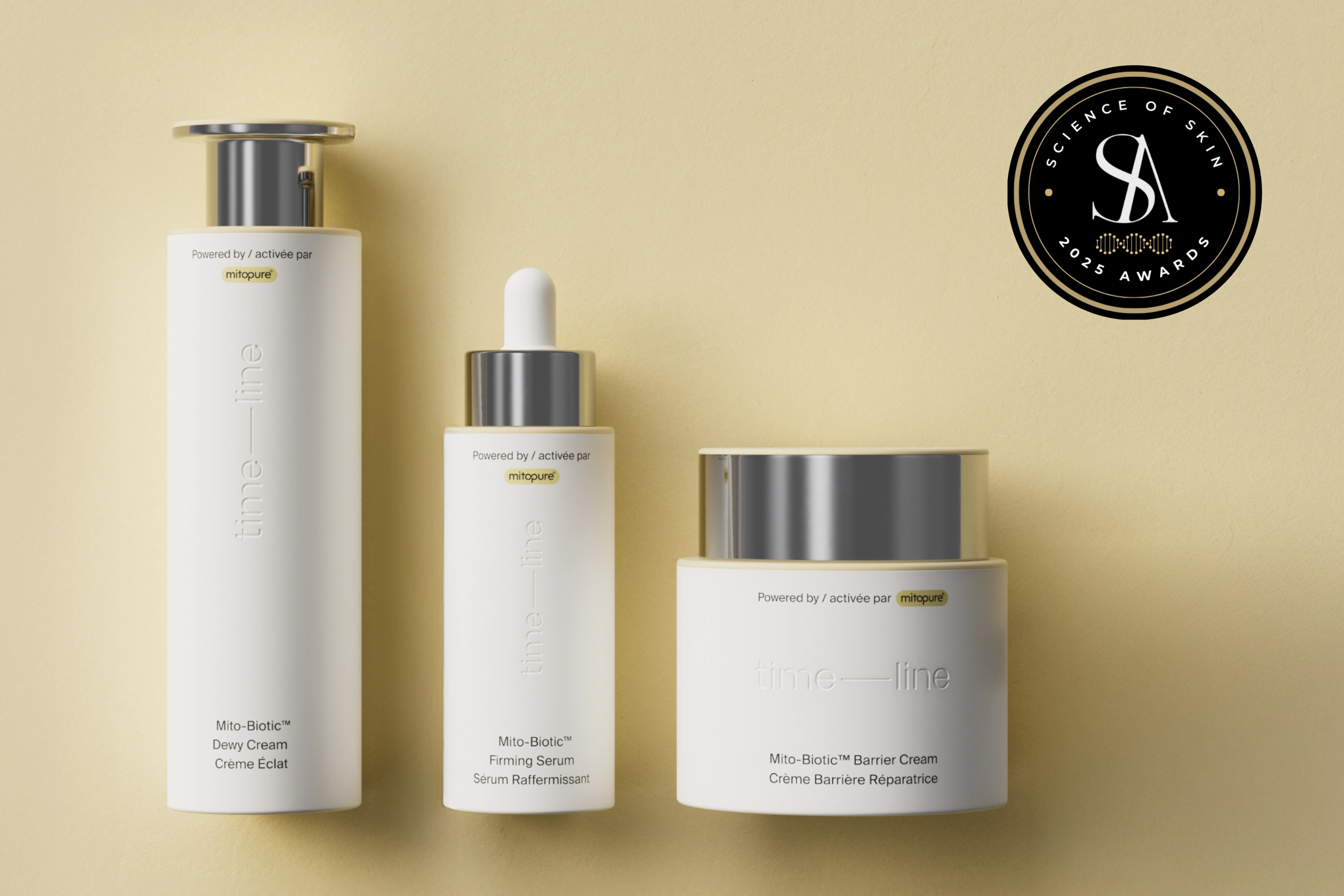
Video
